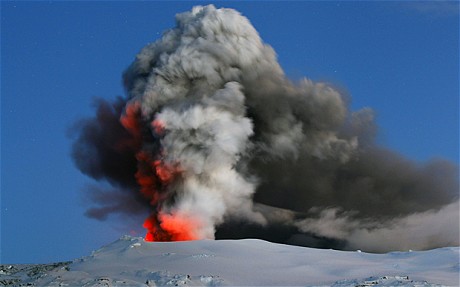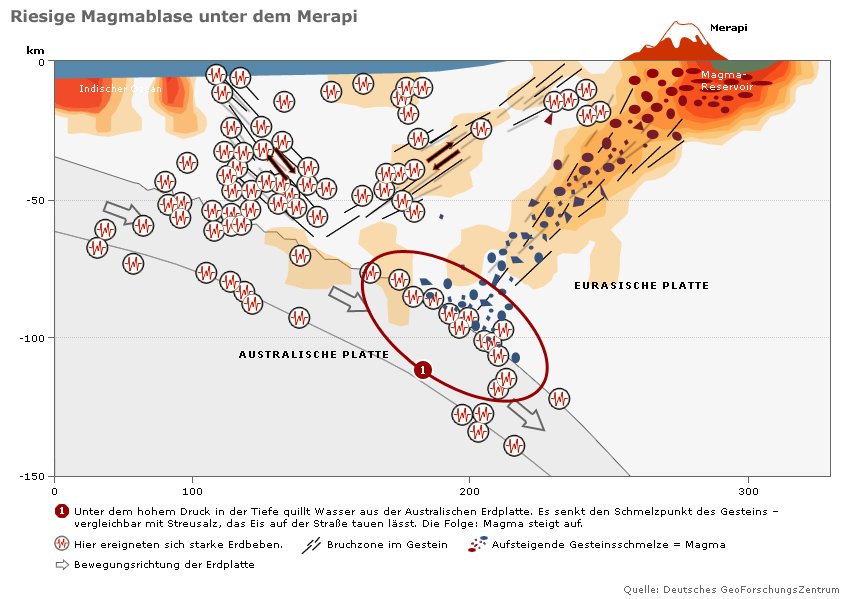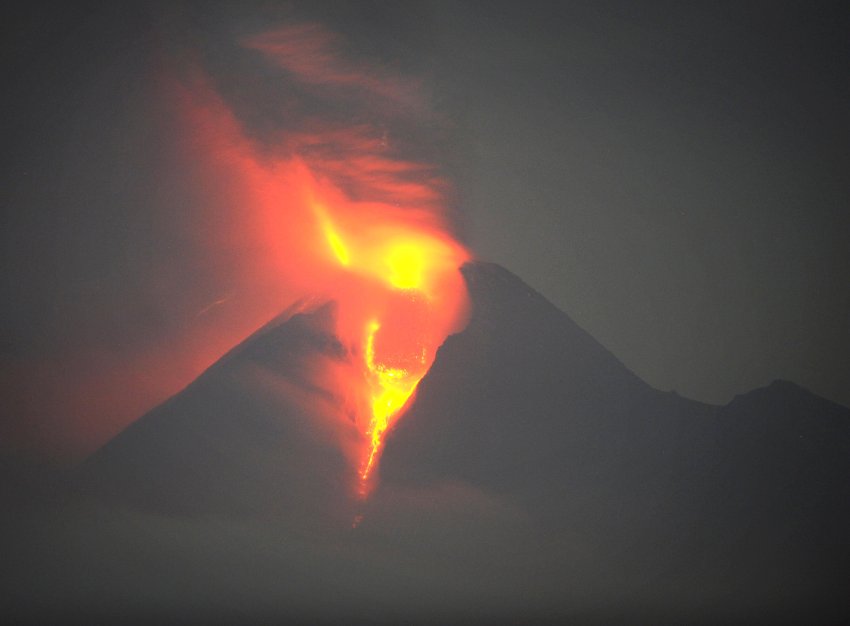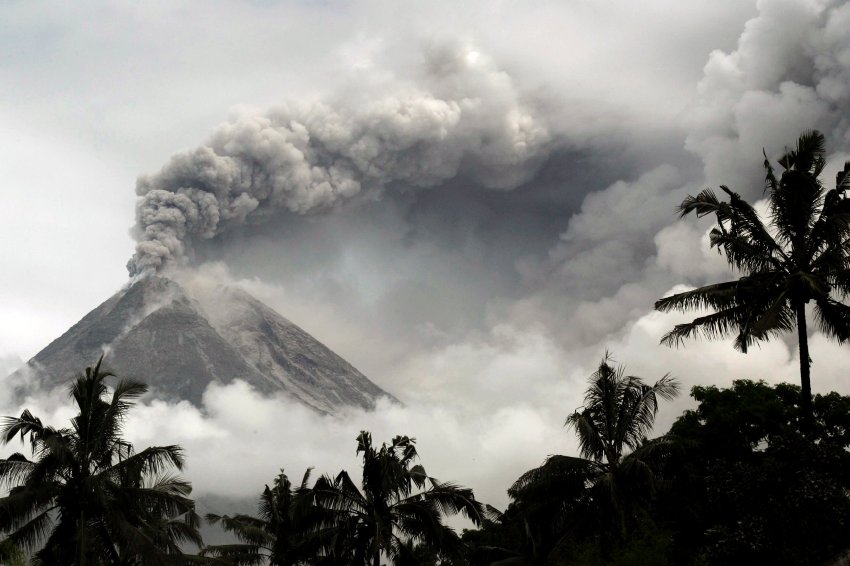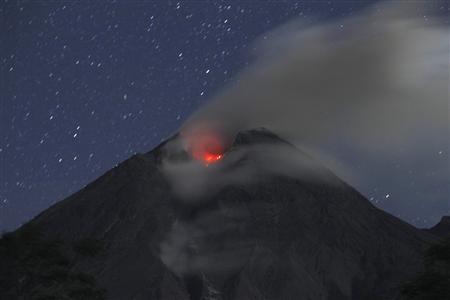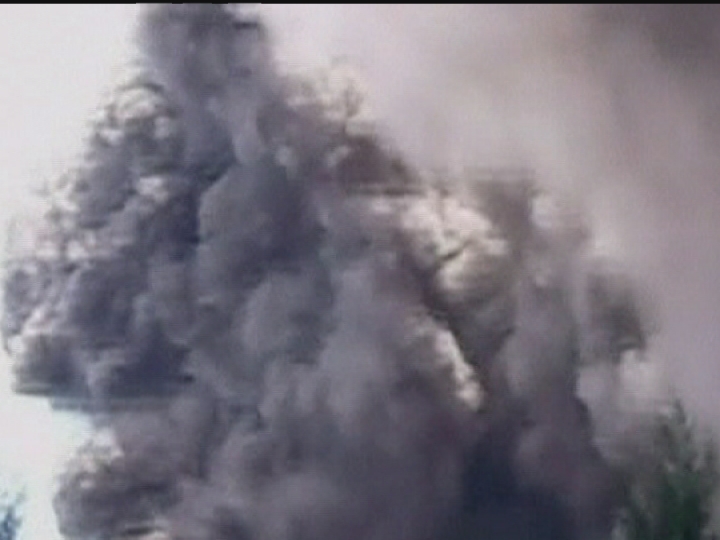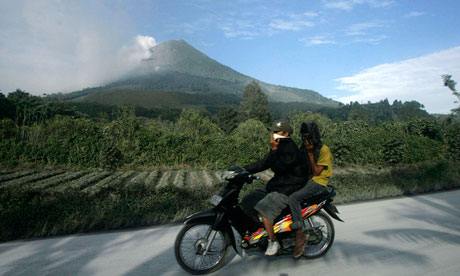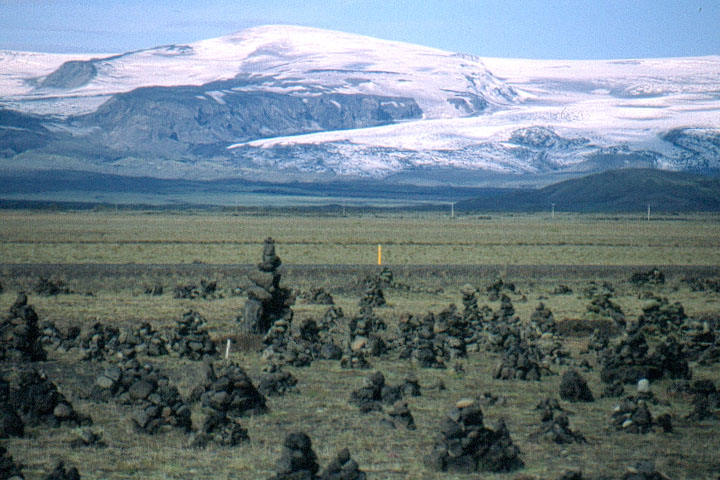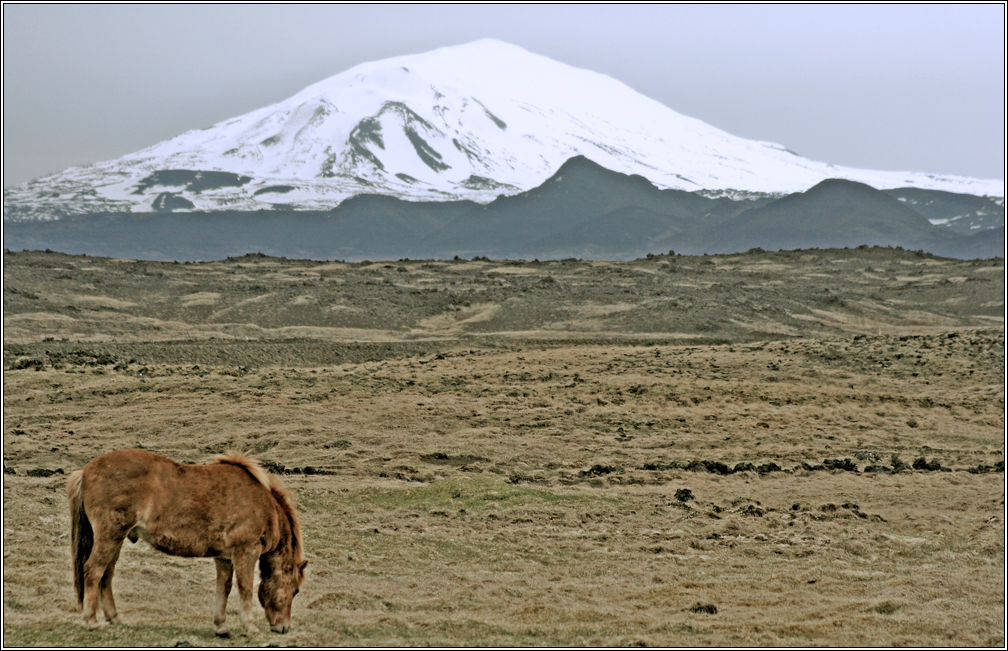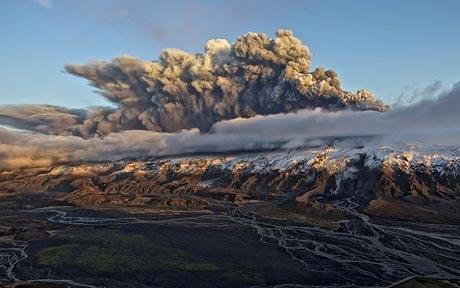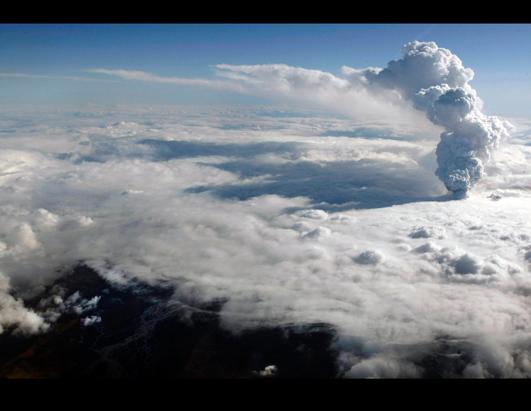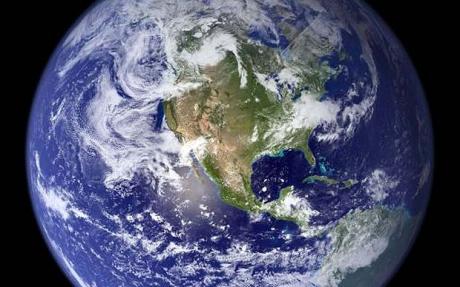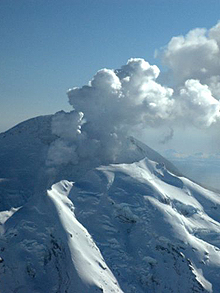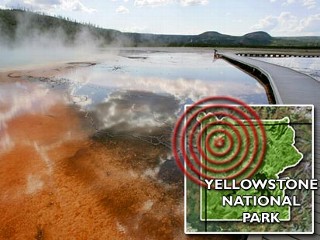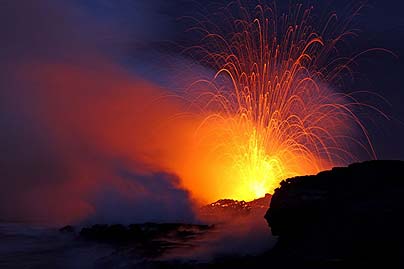See also:
Here is what happens if you didn’t bail out the banksters:
– Iceland: Economy Exits Recession

A pipeline sits at the Hellisheidi geothermal energy plant, operated by Orkuveita Reykjavikur, near Hengill volcano, in Hengill, Iceland.
Feb. 28 (Bloomberg) — Europeans left stranded at airports last year as an Icelandic volcano spewed ash across the continent may soon benefit from the power that seethes beneath the remote north Atlantic island.
Iceland is doing a feasibility study into building a 1,170- kilometer (727-mile) power cable to Scotland to send some of its untapped potential 18 terawatt-hours of geothermal and hydropower — that’s enough for 5 million European homes. The project has the full backing of the government, Industry Minister Katrin Juliusdottir said in an interview.
“Icelanders live with earthquakes and volcanic activity but the benefits are that now we can monetize these powers,” said Valdimar Armann, an economist at Reykjavik-based asset manager GAMMA, who estimates annual clean-energy exports could reach about a tenth of the island’s $12 billion economy.
The island is trying to emerge from Europe’s biggest banking meltdown this century to restyle itself as one of the European Union’s main sources of renewable energy. The power cable, which would be the longest of its kind ever built, would come as the EU strives to reach its target of 20 percent clean energy by 2020. In about 20 years, Iceland’s energy revenue per capita may rival that in Norway, where oil income has made its $540 billion sovereign wealth fund the world’s second-biggest, Armann said.
Read moreIceland Channels Volcanoes to Win Europe’s Energy-Supply Race
